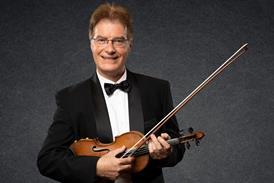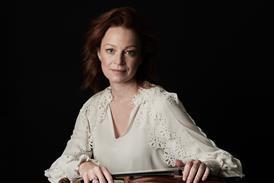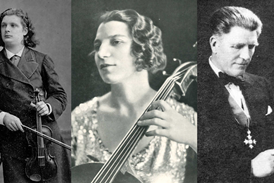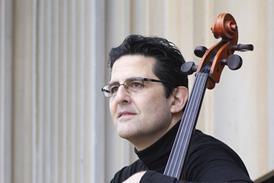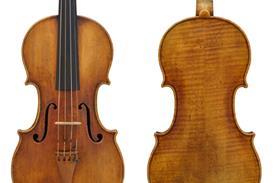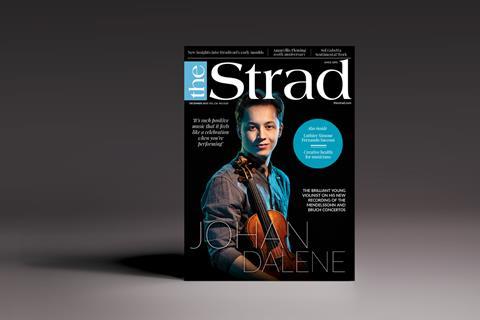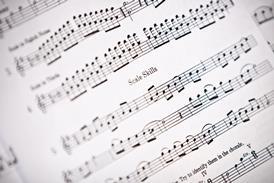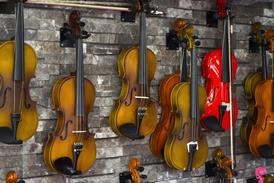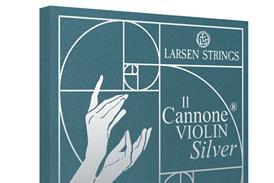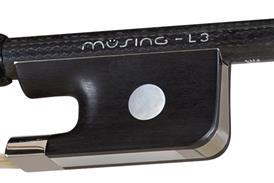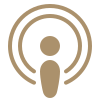- News
- For Subscribers
- Student Hub
- Playing Hub
- Directory
- Lutherie
- Magazine
- Magazine archive
- Whether you're a player, maker, teacher or enthusiast, you'll find ideas and inspiration from leading artists, teachers and luthiers in our archive which features every issue published since January 2010 - available exclusively to subscribers. View the archive.
- Jobs
- Shop
- Podcast
- Contact us
- Subscribe
- School Subscription
- Competitions
- Reviews
- Debate
- Artists
- Accessories
Sightreading is a skill that should be taught early

A student’s earliest engagement with note reading is the right time to introduce sightreading, argues Naomi Yandell
This article was originally published in August 2017
Like many teachers at this time of year I am preparing to return to work. I shall shortly be welcoming back ongoing students as well as getting to know an influx of new ones – both beginners and some inherited from other teachers. To date I have acquired students with a range of strengths and weaknesses, and as I assess my incoming students I can guarantee that sightreading is most likely to be a weakness. Some of them put on what I call a ‘sightreading face’ and play tentatively, as if they’ve been sent to the headmaster’s office having done something unforgivable. Some play the notes in the correct order but without any sense of the rhythm. Others refuse to try. And then there are those who give me a sidelong look and ask me to show them how it goes. Heigh-ho.
I see why some teachers don’t start note reading from the beginning: they would rather focus on aural skills, finding that note reading gets in the way of the student’s relationship with the instrument and the music. Absolutely. But once students begin to read notes, sightreading should be taught. This will lead to the freedom to enjoy exploring repertoire outside their lessons. It’s sad but true that some students are so overwhelmed by the prospect of sightreading that they leave rather than attempt it without fingering written in by their teachers.
Already subscribed? Please sign in
Continue reading this article and explore hundreds more…

